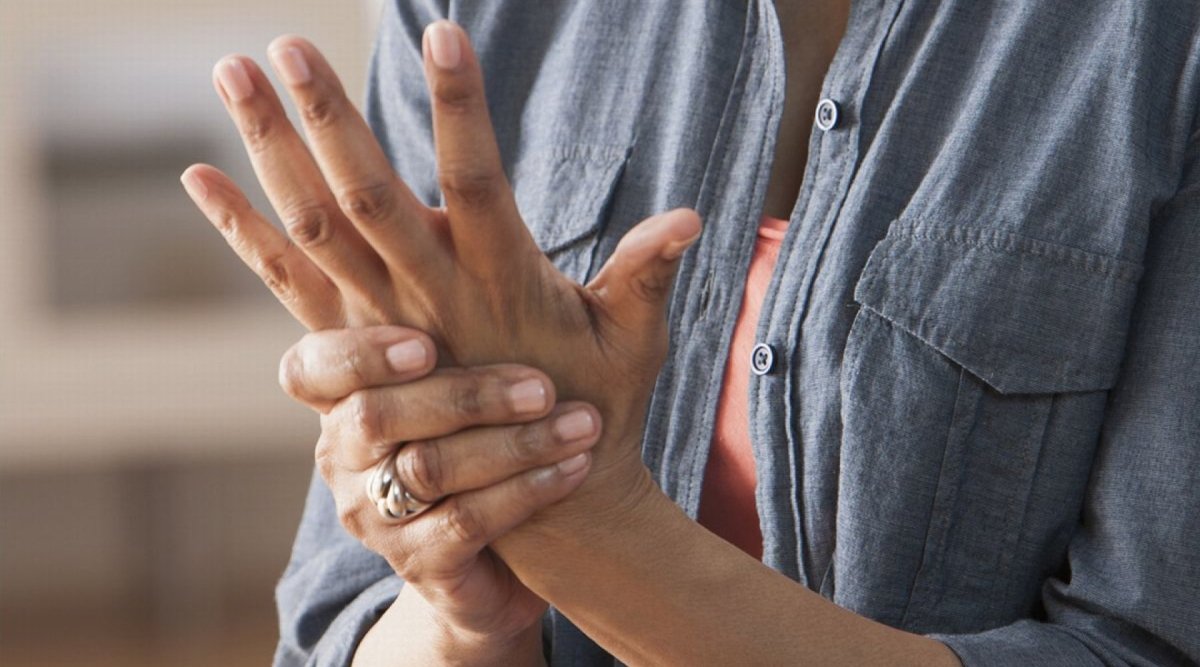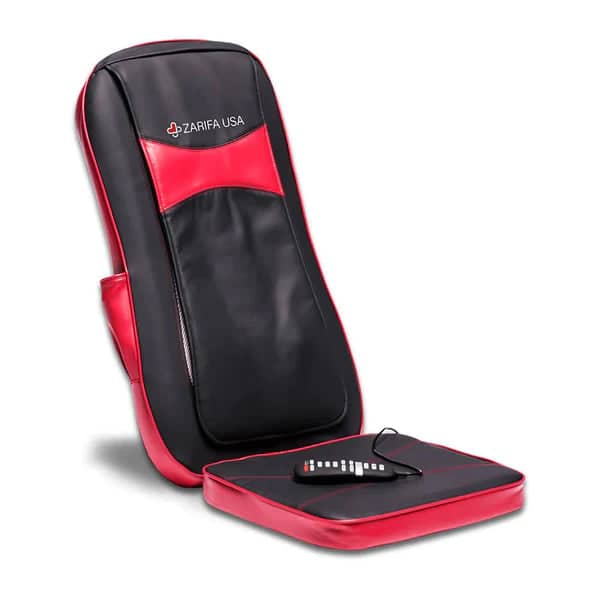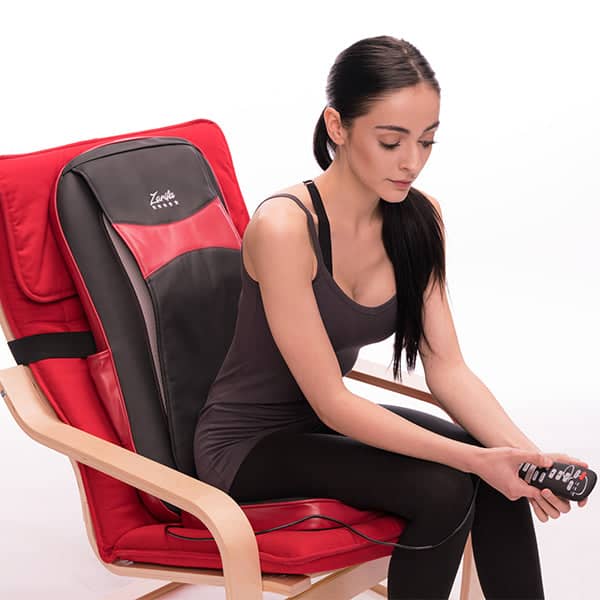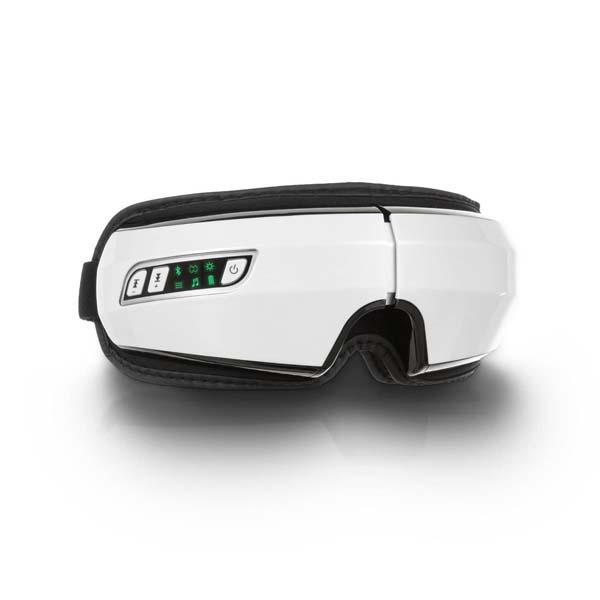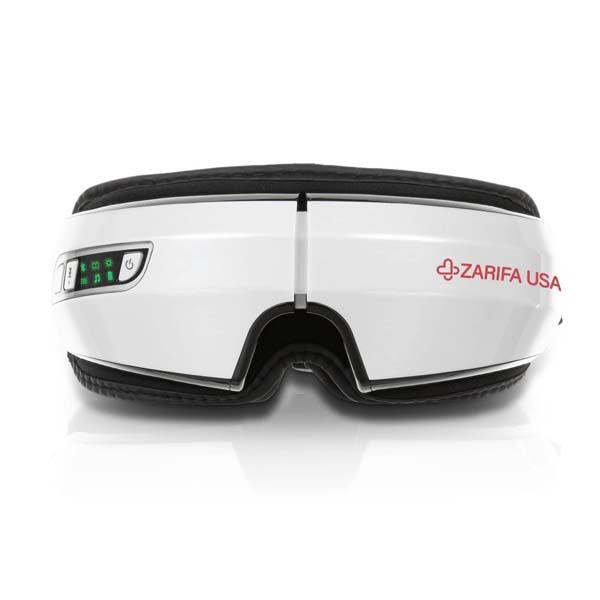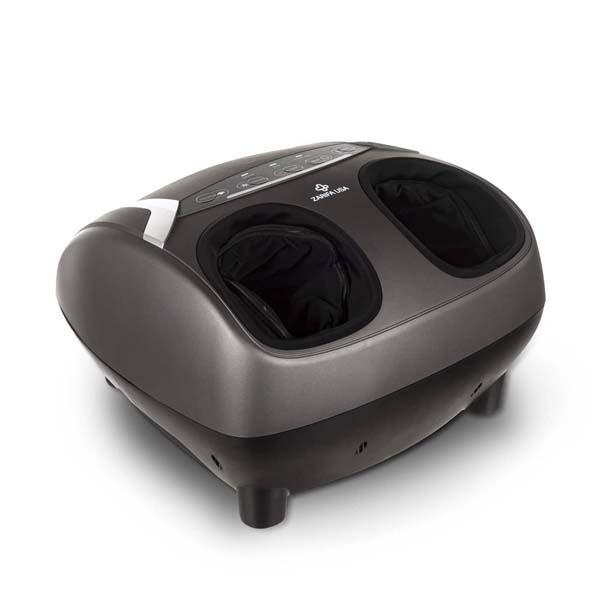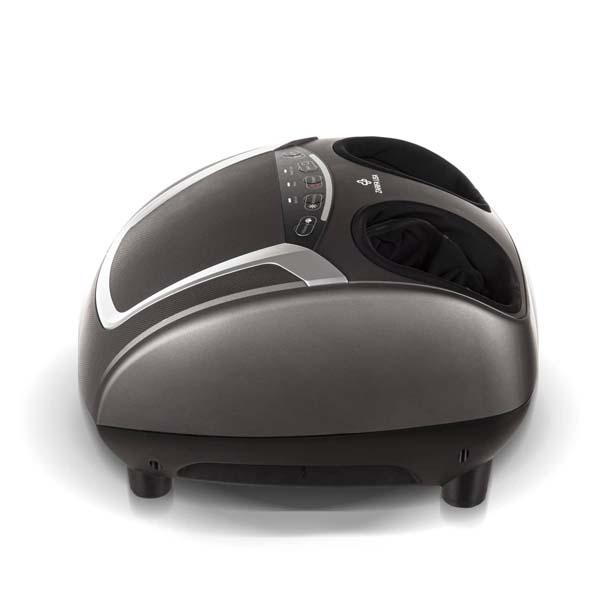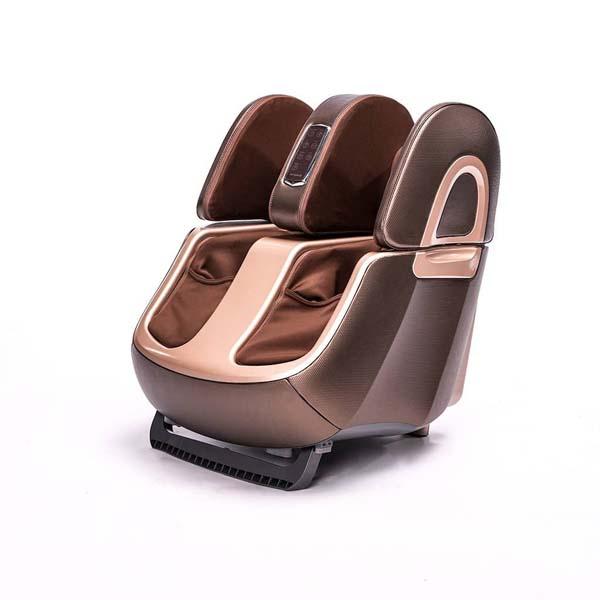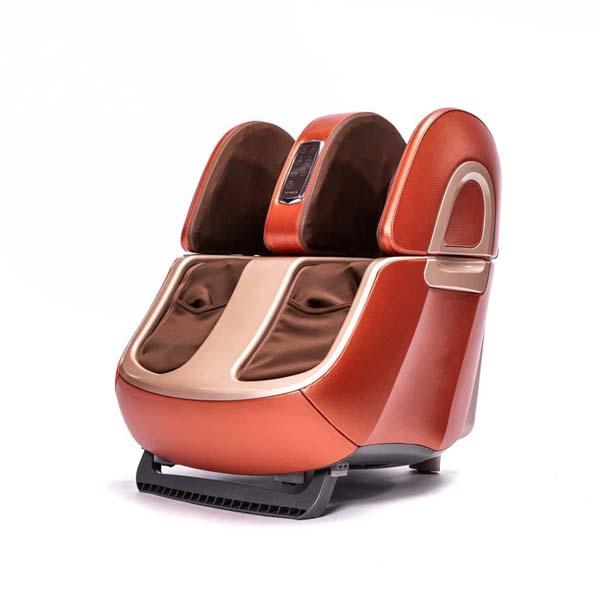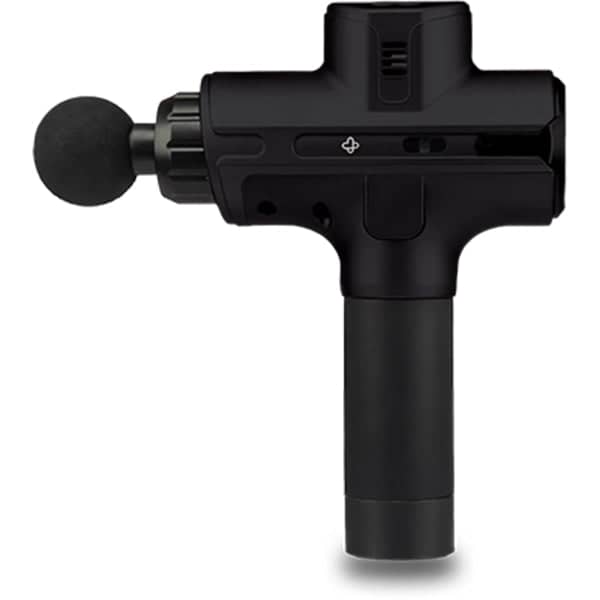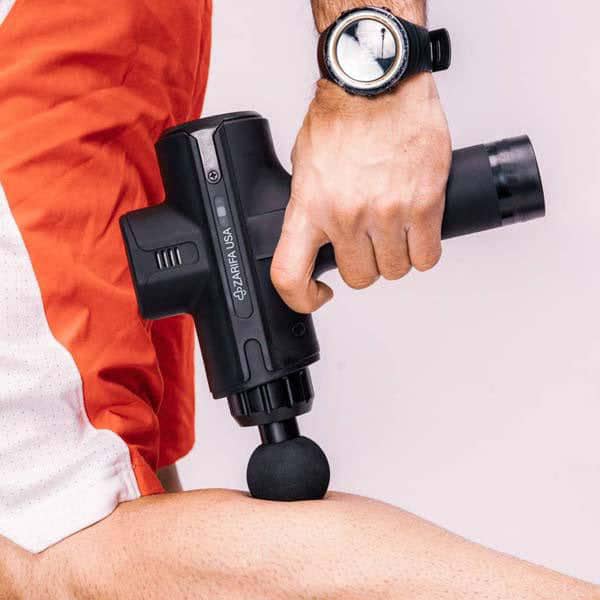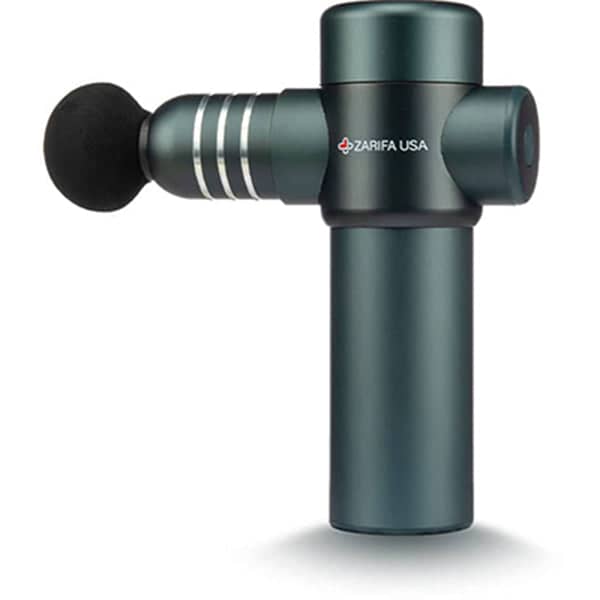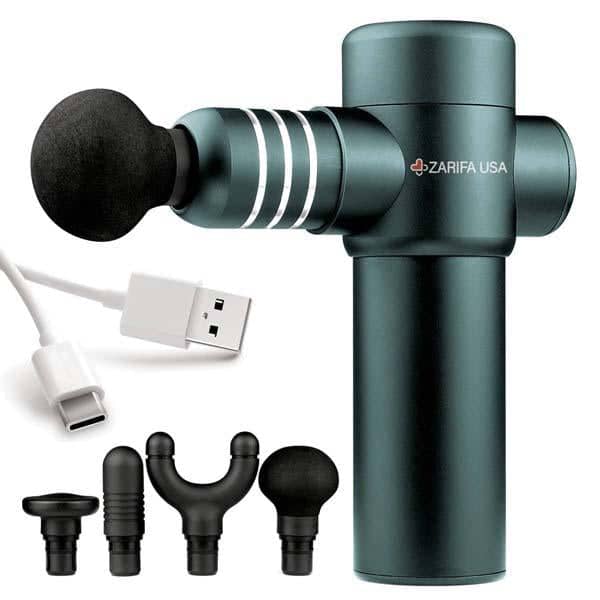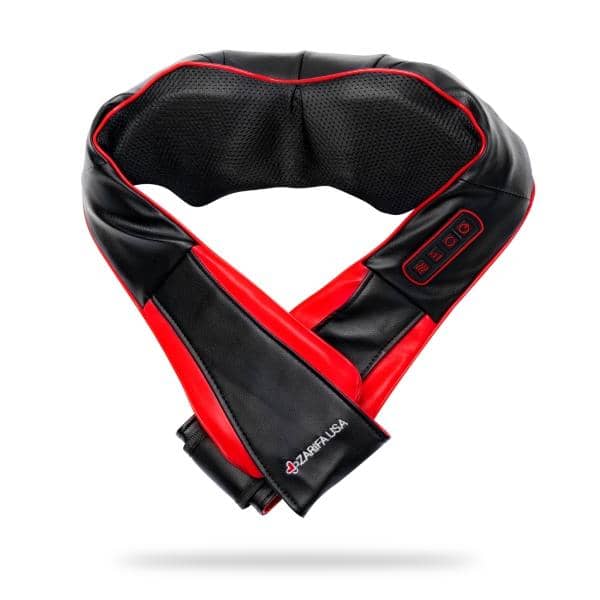People say arthritis is an incurable disease as if there is no arthritis treatment available, but there are ways to lessen the chronic pain. There are a variety of ways to treat arthritis in order to relieve joint stress. Treatment for arthritis revolves around relieving symptoms and improving mobility and function of your joints. Everyone’s body and diagnosis are different, so your treatments may vary depending on your specific circumstance depending on what is best for you.
NATURAL RHEUMATOID ARTHRITIS TREATMENTS
Herbs and Supplements
Often when people search for a cure-all for stiff and achy joints, they turn to supplements. Common arthritis symptoms include swelling, pain, stiffness, and diminished range of motion in joints. Over the counter and prescription medications usually are accompanied with undesirable side effects that can alter your way of living. Supplements are a combination of vitamins, minerals, extracts, enzymes, and herbs mixed into one convenient pill that can add nutrition and balance to your body and give additional relief to make sure your body has all the resources it needs. “Used for centuries to ease aches and pains associated with a myriad of conditions, many supplements have a proven track record,” said James McKoy, Chief of Rheumatology at Kaiser Permanente. Observational studies and reports have proven that supplements and natural remedies actually do assist in relieving painful arthritic symptoms. It seems that everyone should take more supplements to assist with arthritic symptoms, right? Though it has been proven that supplements help arthritic sufferers, it is important to remember that the FDA (Food and Drug Administration) has not given approval to dietary supplements, due to a lack of official scientific evidence. You should always consult your doctor or dietician if you are considering adding supplements to your intake. Watching how many supplements you consume is essential for progress. They are not harmless merely because they do not require a medication. Always ask your doctor before starting a supplement regimen.
MASSAGE THERAPY AND ELECTRICAL STIMULATION THERAPIES
You can receive massage treatment that will assist with arthritic symptoms in a cleansing spa, treatment room at a physical therapy clinic, or even in the comfort of your own home using massage tools that help with arthritis. Deep tissue massage, which requires focused, strong pressure, may not be suitable for individuals with active arthritis. Massage therapies help soothe sore and inflamed joints and muscles in ways that medication often cannot. Arthritic patients have reported lessened stress levels and better sleep when staying on a continuous massage schedule. Massage therapies are the most popular additional therapies used by Americans (9% as reported by the NCCAM). Research suggests that massage affects internal body balance through links to blood pressure, heart rate, hormones, and other vital and immune system signals. “Regular massage of muscles and joints, whether by a licensed massage therapist at a spa or by self-massage at home, can lead to a significant reduction in pain for people with arthritis,” stated Tiffany Field, PhD and Director of the Touch Research Institute. Consulting a licensed or registered massage therapist can ensure you receive the most appropriate treatment for your arthritis. Using moderate pressure during massage can help improve blood flow, reduce pain, and increase range of motion. Massage therapies such as Shiatsu and hot stone can alleviate muscle tension and improve flexibility. Swedish massage can improve range of motion and reduce joint pain for people with knee osteoarthritis. Throughout her studies, Field found that simple massage therapy led to pain improvement, reduced stiffness, enhanced mobility, and improved range of motion. Decrease in the stress hormone cortisol, a boost of serotonin production, and mood improvement are just a few of the results of massage therapy in arthritic patients. Seeing as a large percentage of pain is emotional, and the stress hormone cortisol is reduced, massage therapy can help relieve arthritis pain. Massage therapy helps to relieve pain by improving circulation, reducing inflammation, and releasing muscle tension. You can receive massage chronic pain relief at a day spa, a therapy massage clinic, or at home massage. Please consult with your doctor or massage physician first to ensure massage is safe for you and your unique situation. Be careful when considering using massage if you: - Have severely damaged joints from arthritis - Are suffering from inflammation, contracted a fever, or a skin rash - Have high blood pressure - Suffer from varicose veins

TENS / EMS devices used for arthritic pain apply gentle electric pulses to your nerves that stop your brain from sending pain signals to your spine and back. It causes your muscles to contract and is often used with people that have arthritis to strengthen muscles that are surrounding the affected joints. This technology assists in both long- and short-term pain and has been proven to relieve osteoarthritis pain and reduce the need for addictive pain medications.
Hot and Cold Treatments The most cost-effective way to treat arthritic symptoms are through heating and cooling treatments. Heat treatments relax tense muscles and causes more movement in deteriorating joints. Applying cold elements to chronic pain reduces inflammation, pain, and swelling that can develop through everyday activity in arthritis sufferers. A way to effectively use these methods to assist your arthritic pain is to use
MANAGING ARTHRITIS PAIN EFFECTIVELY
Medication and Surgery
The most commonly used prescribed medications used for arthritis are:
-
Analgesics (Acetaminophen, tramadol, oxycodone narcotics, etc.) Analgesics reduce pain, but they have no element that reduces inflammation.
-
Counter-Irritants Counter-Irritants includes menthol/capsaicin creams and ointments. Rubbing these on your skin over the joint may achieve the same effect as a TENS / EMS device for pain relief. Though not as strong, the primary goal with counter-irritants is to similarly block pain signals from your brain to your spine.
-
Nonsteroidal Anti-Inflammatory Drugs (NSAIDs) NSAIDs are the real deal when it comes to prescribed drugs. They reduce pain and inflammation. Over the counter versions of NSAIDs are ibuprofen and naproxen. Stronger versions of these, (Tylenol and Aleve), are available behind the counter. However, they do cause you to become dependent on them as your body develops and adapts to having them in your system. You can become reliant on NSAIDs, and your body can think that those chemicals belong in your body and develop a strong dependency. Continual use of NSAIDs can increase your risk of heart attack or stroke and cause extreme stomach irritation.
-
Disease-modifying Antirheumatic Drugs (DMARDs) This medication is primarily used with rheumatoid arthritis. It slows or stops your immune system from actively attacking your joints. Trexall and Plaquenil are a couple of examples of DMARDs that are prescribed arthritis pain solutions.
-
Corticosteroids Drugs containing cortisone and prednisone reduce inflammation and suppress your immune system from attacking your joints. Corticosteroids are offered in both an oral and injection form.
Severe arthritis can result in chronic pain and difficulty performing daily activities. It can make walking and climbing stairs painful and grueling, and may cause permanent joint changes. Severe arthritis can also affect other parts of the body such as the heart, eyes, lungs, kidneys, and skin.
There are various types of arthritis, including osteoarthritis, inflammatory arthritis, infectious arthritis, and gout. Each type has its own symptoms, causes, and recommended treatments.
BENEFITS OF DEEP TISSUE MASSAGE FOR CHRONIC PAIN
Side Effects
There are more silent side effects that aren't as acknowledged or immediate as drowsiness or dizziness in arthritis pain medications. Side effects can happen with any type of medication, but primarily acetaminophen can cause liver damage, increased chances of infections, major risk of contracting osteoporosis, and can even make you more susceptible to cancer. The most effective thing to do when discussing medications with your doctor is communication. If you are concerned about taking prescribed arthritis pain medications, speak up if you are uncomfortable taking the risks.
Surgical Procedures
If you are maintaining a healthy lifestyle but your arthritic pain persists, you may have to have surgery whatever type of arthritis you may have. All procedures have their positives and negatives, and regardless it is important to discuss future options with your doctor based on your unique arthritic situation to promote the most healing and relief.

Common surgical options for your arthritis
Arthroscopy:
An arthroscopy is a small-incision surgery that fixes worn down tears that can occur in the soft tissue of your joints. Through this operation a surgeon can also repair damaged cartilage as well as remove excess cartilage pieces that may have detached from your living tissue.
Total Joint Replacement (TJR):
The Total Joint Replacement is the most well-known procedure when it comes to arthritis based surgical operations. The affected joint is completely replaced with an implant that can mimic the motion and actions of the natural joint. Usually this replacement is made of metal, plastic, or ceramic materials.
Osteotomy:
This operation involves placing a wedge of bone near a damaged joint. This can usually correct misalignment that can occur in early years or after duration of unbalanced living. The procedure is extremely complex, but in the end can halt or delay to need for a TJR.
Joint Resurfacing:
An Osteotomy is a surgery that takes place in the knee or hip. Original bone can remain in the hip ball, but it is capped with a metal prosthesis. This procedure can provide pain relief and improve function in daily lives as well as more intermediate physical activity.
Synovectomy:
Synovectomy is obvious based around the synovium, which is the lining of the joints that can become extremely inflamed in people who have arthritis. At times it can become too inflamed or grow too much which causes damage in the surrounding joints. This procedure is merely a removal of the synovium to promote function and movement.
Arthrodesis:
Arthrodesis is a hardware-based operation where the surgeon uses pins, plates, or rods to join bones in your ankles, wrists, thumbs, fingers, or spine to create one continuous joint. Over time, the bones grow back together and heal the joint back in place.

